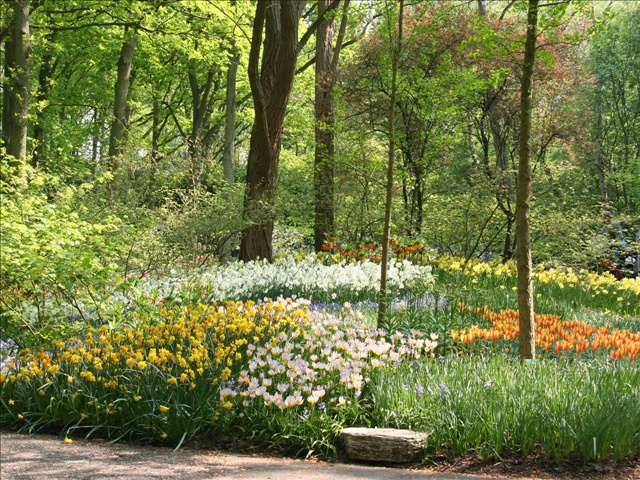|
Only have a minute? Listen instead
Getting your Trinity Audio player ready...
|
Texas gardens are often water stressed, plagued by too much or too little rain.
Ironically, the symptoms of too much and not enough water in your garden are often the same — sad looking plants with droopy leaves, said Larry Stein, Ph.D., Texas A&M AgriLife Extension Service horticulture specialist at Uvalde and professor in the Texas A&M College of Agriculture and Life Sciences Department of Horticultural Sciences.
Either water extreme can kill your plants. Standing water and saturated soil deprive a plant’s roots of oxygen. If there is not enough water, the plant will stop sending water from the roots up to the leaves.
Reduce water stress for plants
Whether it is supplemental irrigation to key plants or creating critical drainage, Stein said gardeners can help plants survive times of water stress.
When the issue is too much rain, plants in pots can be brought under eaves and placed in sheltered areas or protective domes can be used over flower beds.
But the best way to deal with too much rain is to address the situation before it happens. Make sure your soil is well-draining. When creating raised beds, ensure you are using the right type of soil. Well-drained soil allows water to percolate through it and not pool.
At the other extreme, exceedingly dry conditions can push valued landscape plants including trees to the brink.
“Sad to say, but the places not getting rain are getting desperately dry, and if things don’t change soon, more plants are going to die,” Stein said. “If you are in this dire situation, remember to concentrate water on your most critical plants.”
During droughts and in the hotter regions of the state, supplemental irrigation is essential for all but the hardiest plants. Stein said to water lawns and gardens thoroughly, but not too frequently, and try to soak to a depth of 6-12 inches. Because continual watering is not good for plants, is costly and time-consuming, it pays to conserve the moisture around plants.
Stein said preserving moisture is best done by mulching. A good mulch will retain valuable moisture needed for plant growth and improve overall gardening success. Mulches are usually applied 2-6 inches deep, depending on the material used. In general, the coarser the material, the deeper the mulch should be.
Removing competition for water can also help your plants. Make sure to hand-pull or hoe weeds before they mature and produce seed; if weeds aren’t robbing water and nutrients, more will be available for the plants you want to see grow.
Color combinations and inspiration
Stein said gardeners looking to add pops of color to their gardens heading into summer may want to consider Gold Star Esperanza and Pride of Barbados plants.
“The yellow of Gold Star Esperanza, along with the brilliant orange of Pride of Barbados, will assure a dazzling floral display all summer,” Stein said.
Stein said there are many varieties of esperanza on the market, but only one gets a “gold star” in his gardening book. When you purchase Gold Star Esperanza, it should be blooming in the container — even if only in a gallon container.
“Some of the other esperanzas on the market take forever and a day to bloom and grow to be massive plants devoid of blooms for most of the summer,” he said. “Gold Star is a reliable perennial and will come back most years. It tends to make fewer seed heads than others as well, but the simple removal of any seed pods will assure continued blooming all summer.”
Stein said Pride of Barbados thrives in hot weather. It can come back most years but can also be established with seed. He said the removal of the seedpods will ensure blooms all summer.
Both plants are designated Texas Superstar and can be grown throughout Texas. Pride of Barbados is also a favorite of pollinators. By blooming throughout the summer, it can provide a reliable food source for butterflies.
For more pops of color, Stein said there is still time to plant some of the heat-tolerant summer annuals.
“You can direct-seed zinnias and portulaca and purchase periwinkle, salvia, marigold and purslane plants for transplanting,” he said. “But be sure to water transplants adequately until roots become established.”
Laura Muntean is media relations coordinator with Texas A&M AgriLife Extension Service.




